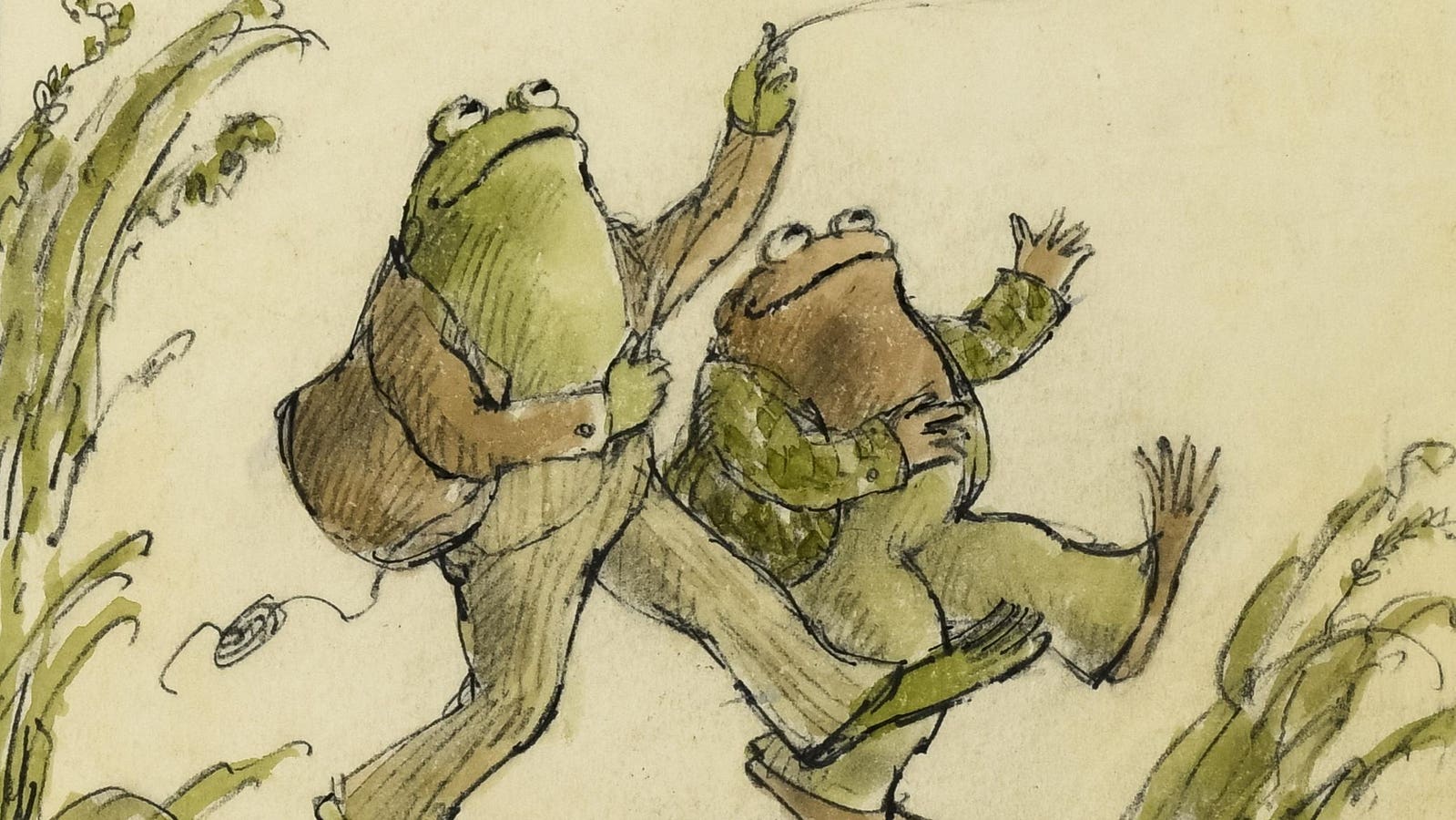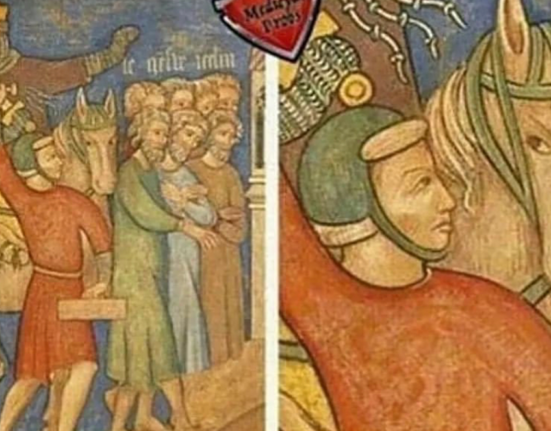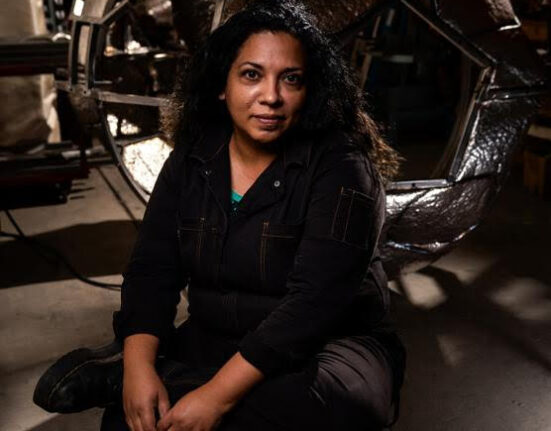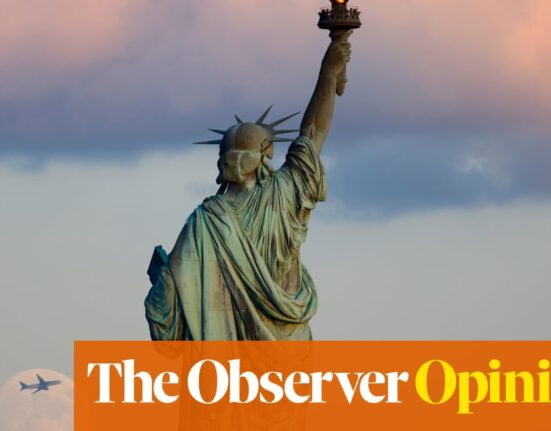Millions of children have drifted off to sleep at night with stories of “Frog and Toad.” Author and illustrator Arnold Lobel debuted the series in 1970 with “Frog and Toad are Friends.” Three additional books followed, each tenderly detailing the adventures and misadventures of the amphibian best buddies.
Now through December 31, 2023, the Fenimore Art Museum in Cooperstown, NY presents “Frog and Toad & Other Friends: The World of Arnold Lobel,” an exhibition celebrating Lobel’s (1933–1987) artwork. On view are more than 100 original illustrations and works on paper highlighting his detailed illustration technique and warm, funny tales of love and friendship, mostly among animal friends.
Lobel’s daughter Adrianne helped personalize “Frog and Toad & Other Friends” by adding her own perspective.
“It came on gradually,” Adrianne Lobel told Forbes.com of the extreme popularity and cultural impact her father’s children’s books have come to receive. “Sadly, his largest success was after his death. These (books) have become more and more popular as the years go by because of generations of kids growing up and then having kids, they become classics, and they really weren’t in his lifetime.”
Adrianne Lobel (b. 1955) isn’t simply Arnold’s daughter, she’s an accomplished artist in her own right with an exhibition of paintings running concurrently at the Fenimore.
Artist to artist, she finds his versatility most impressive.
“He was able approach different stories with different techniques,” Lobel said. “He was great at pen and ink. He was great at pencil. He was great at watercolor. It’s amazing when you look at the varied techniques in that show.”
Arnold Lobel’s stories, his characters, and the emotional depths they traveled were achieved with an incredibly economy of line. He created an unforgettably magical world animated by a talking frog and toad with the simplest of marks.
He could wring out empathy from a squiggle.
Detail was irrelevant.
“My father had no sense of perspective or architecture,” Adrianne Lobel remembers. “When I was like 12, he asked me to come in and help him (with a drawing and) make ‘the table look like it was standing on the floor.’”
Arnold Lobel died in New York at 54 from cardiac arrest brought on by AIDS. He had a message for his children about what to tell people when they were asked about their father.
“He knew he was dying and one of the things he said to me and my brother was that, ‘I want people to look at my work. If you want to find me, look at my drawings.’ That’s very true. Especially the rough sketches,” Adrianne Lobel said. “My favorite drawing in the (Fenimore) show is Toad imagining Frog in a hole. There’s a picture of Frog in the hole and he looks so upset and concerned. My father, when he drew stuff like that, he would do many, many preparatory sketches before he went into the finished art, and he did that to get the expressions right. I remember watching him draw, and he would make the faces that his characters were supposed to have so he could feel them–the muscles in his face do what he wanted the drawing to do. That was very funny.”
‘Nature Composed’
Arnold Lobel and his wife Anita were both children’s book authors and illustrators. They occasionally collaborated on projects.
Did Adrianne ever consider joining the family business?
“Never, never, never, never,” she said, laughing. “I saw the kind of life both my parents lived and, frankly, it was pretty dull. They worked at home. They had drawing tables right next to each other. My father was very happy doing what he was doing, but I think my mother was frustrated not having more of a social life.”
Adrianne Lobel sought to pair her artistic talent with a vibrant social life and was able to do so through a 35-year career as a stage designer for theater, opera, film and dance. Her numerous Broadway credits include productions of Stephen Sondheim’s Tony Award winning musical “Passion,” “The Diary of Anne Frank,” and “On the Town.”
“It’s exciting when you’re young, and the party never stops, but it’s very hard, and it’s not well paid, and you’re generally not credited for the work or the ideas that you come up with because the director usually does that,” Lobel said. “I was tired of being tired. I was tired of being bitter, and I was tired of traveling so much because I had a baby.”
Enter painting.
A return.
“I started as a painter in my teens; I was very serious about it,” Lobel said. “I got interested in theater because I could use my art talent to be in a profession that was more social and I’m glad I did. I had a ton of fun. I met the most brilliant and interesting people. All of that I don’t regret, but at a certain point, I felt like I designed at the Metropolitan Opera, I designed all over the world, I designed on Broadway, I’ve done everything I wanted to do and now I want to paint.”
“Nature Composed: Paintings and Tapestries by Adrianne Lobel” at the Fennimore, also on view through December 31, 2023, shares artworks made in the past two years.
What does painting give Lobel as a creative outlet her previous career did not?
“When I was doing stage design, I found it very artistically satisfying (but) it’s a tedious process. You have to cut out little pieces of paper and stick them in a model and look at them and then cut out more pieces of paper and then photograph them, it’s a lot of very tedious, tiny work,” Lobel said. “Painting is a lot freer, and I feel like–this is going to sound arrogant–I was always thought of as a visionary designer, but I feel much more like I’m finding my own vision as a painter. I’ve been (painting seriously) now for almost 20 years and it’s taken that long to get to the point where I feel like I have a voice as a painter, and that’s very exciting.”
What is she trying to communicate with that voice?
“The way I look at the world, there’s a simplicity to it and a geometry, a balance, I’m very into balance and composition,” Lobel said.
Adrianne Lobel’s paintings on view at the Fenimore are geometric, hard edged, vibrantly colored, abstracted landscapes. Carefully studied.
“When my parents first took me to Europe and I was nine years old, they had to wait for me at museums because I was taking so long looking at things,” she remembers.
Lobel now spends May through October in Upstate New York painting en plein air. She takes those paintings back to her Hoboken, NJ studio to rework the scale, simplify the form, “organize the chaos” as she describes it. These are the works on view in Cooperstown.
Coincidentally enough, many of the paintings center on a pond. One hopes a frog and a toad call it home, and each other friends.







